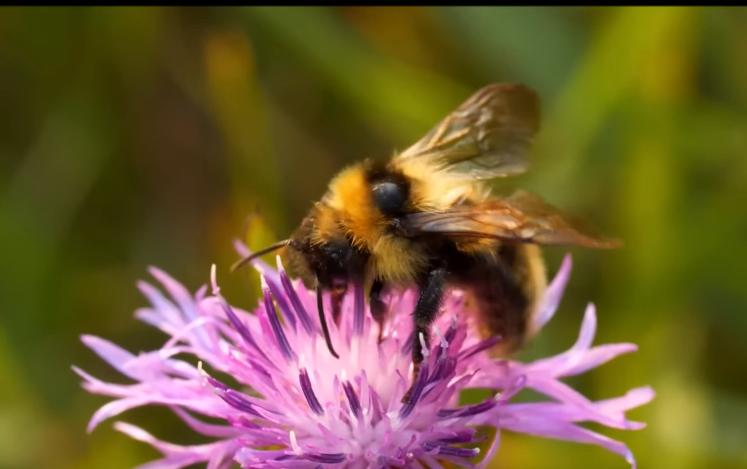In the interconnected web of life that sustains the planet, pollinators play a pivotal role. They are the unsung heroes of the natural world, facilitating the reproduction of over 85% of the world’s flowering plants, including more than two-thirds of the world’s crop species. The service they provide is indispensable for food production, supporting both wild and agricultural ecosystems. However, recent research has shed light on a new threat that could compromise the ability of pollinators to perform their critical functions: air pollution.
The Fragrance of Survival
For millennia, plants and their pollinators have co-evolved, developing complex relationships that benefit both parties. One of the most delicate aspects of this relationship is the use of fragrances by plants to attract pollinators. These fragrances, composed of volatile organic compounds, guide pollinators to their flowers, ensuring pollination and, subsequently, the production of seeds and fruits. This natural process, however, is becoming increasingly jeopardized by human activity, particularly through the emission of air pollutants.
A Disrupted Communication
Research has uncovered that certain air pollutants, particularly those that accumulate during the night, can break down the very fragrance molecules that plants emit to attract their pollinators. This breakdown not only diminishes the scent’s reach but can also alter its composition, potentially making it less attractive or even unrecognizable to pollinators. Such a scenario spells trouble for the reproductive success of plants, which rely on pollinators to transfer pollen.
Pollinators, such as bees, butterflies, and moths, rely heavily on these olfactory cues to locate flowers. The hawk moth, for example, is known for its remarkable ability to detect and hone in on the scent of primroses after dusk. However, when air pollution interferes with these scents, the moths may struggle to find the flowers, leading to decreased pollination rates and, consequently, a decline in plant reproduction and biodiversity.
The Broader Implications
The implications of disrupted pollination processes extend far beyond the plants and pollinators directly involved. A decline in pollination can lead to a decrease in fruit and seed production, affecting the entire food web. Species that rely on these fruits and seeds for nourishment may face food shortages, leading to declines in population and biodiversity. Moreover, for agriculture, reduced pollination can result in lower crop yields, impacting food security for humans.
Furthermore, air pollution’s impact on pollination adds another layer of complexity to the challenges of conserving biodiversity and combating climate change. As ecosystems become less resilient due to decreased biodiversity, their ability to sequester carbon diminishes, exacerbating global warming. Thus, the effects of air pollution on pollination resonate through the entire spectrum of ecological and human well-being.
A Call to Action
Addressing the impact of air pollution on pollination requires concerted efforts from policymakers, scientists, and the public. Reducing emissions from vehicles, industrial activities, and agricultural practices is paramount. This includes transitioning to cleaner energy sources, implementing stricter air quality standards, and encouraging sustainable farming practices that reduce the use of harmful chemicals.
Research into alternative pollination strategies and the development of pollution-resistant plant varieties could also help mitigate some of the negative impacts. However, such measures are but a stopgap solution. The ultimate goal should be to restore air quality to levels that allow the natural processes of pollination to flourish.
Engaging the Public
Public awareness and engagement are crucial in the fight against air pollution and its effects on pollination. By understanding the importance of pollinators and the threats they face, individuals can take action in their daily lives to reduce pollution. Simple actions, such as using public transportation, reducing energy consumption, and supporting local, sustainable agriculture, can make a difference.
Communities can also play a role by creating pollinator-friendly habitats. Planting native, fragrance-rich plants in gardens and public spaces can provide essential resources for pollinators, helping to offset some of the challenges posed by air pollution.
Conclusion
The disruption of pollination by air pollution is a stark reminder of the intricate connections within nature and the far-reaching impacts of human activity. It highlights the urgent need for a holistic approach to environmental preservation, one that considers the well-being of all species and the ecosystems that support them. By taking action to reduce air pollution and protect pollinators, we can safeguard not only the natural beauty and biodiversity of our planet but also the food security and ecological stability upon which we all depend.
Related Posts
- No related posts.
